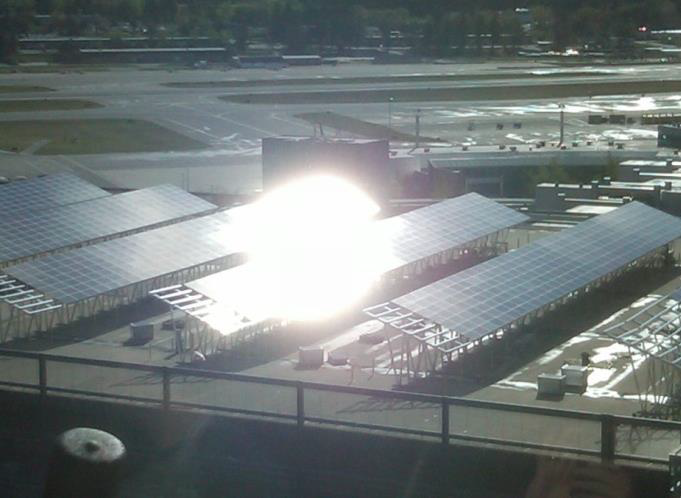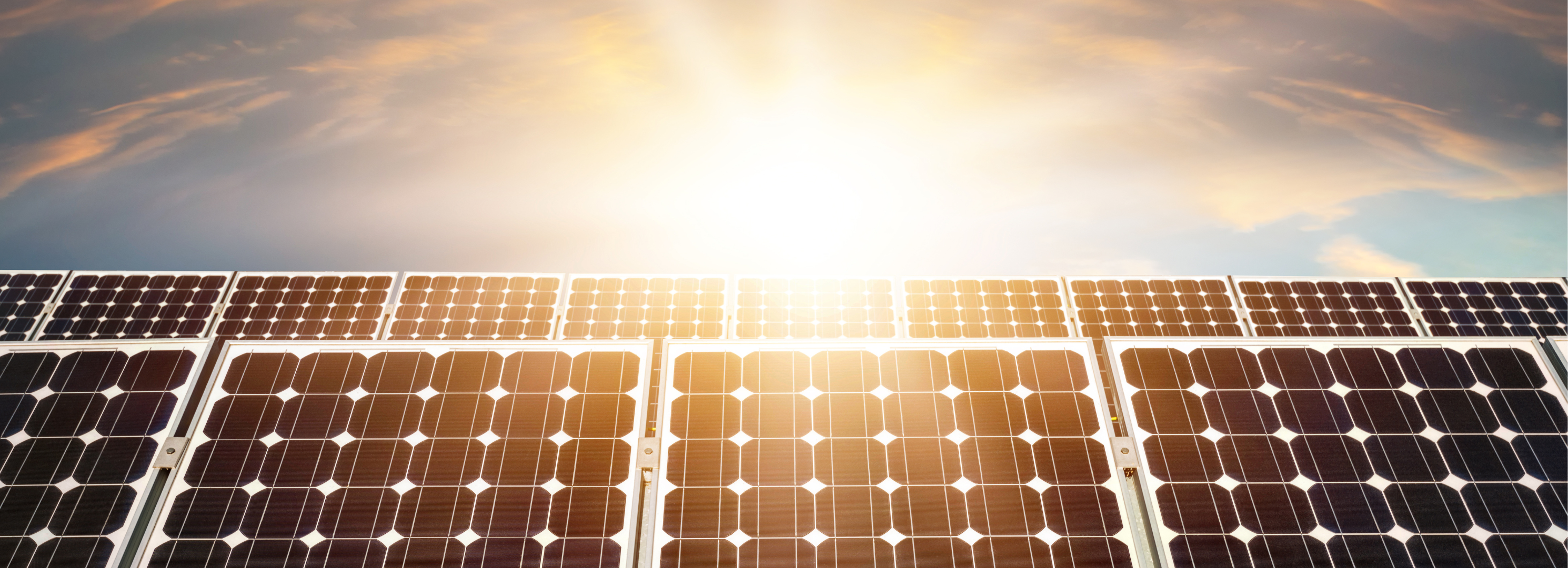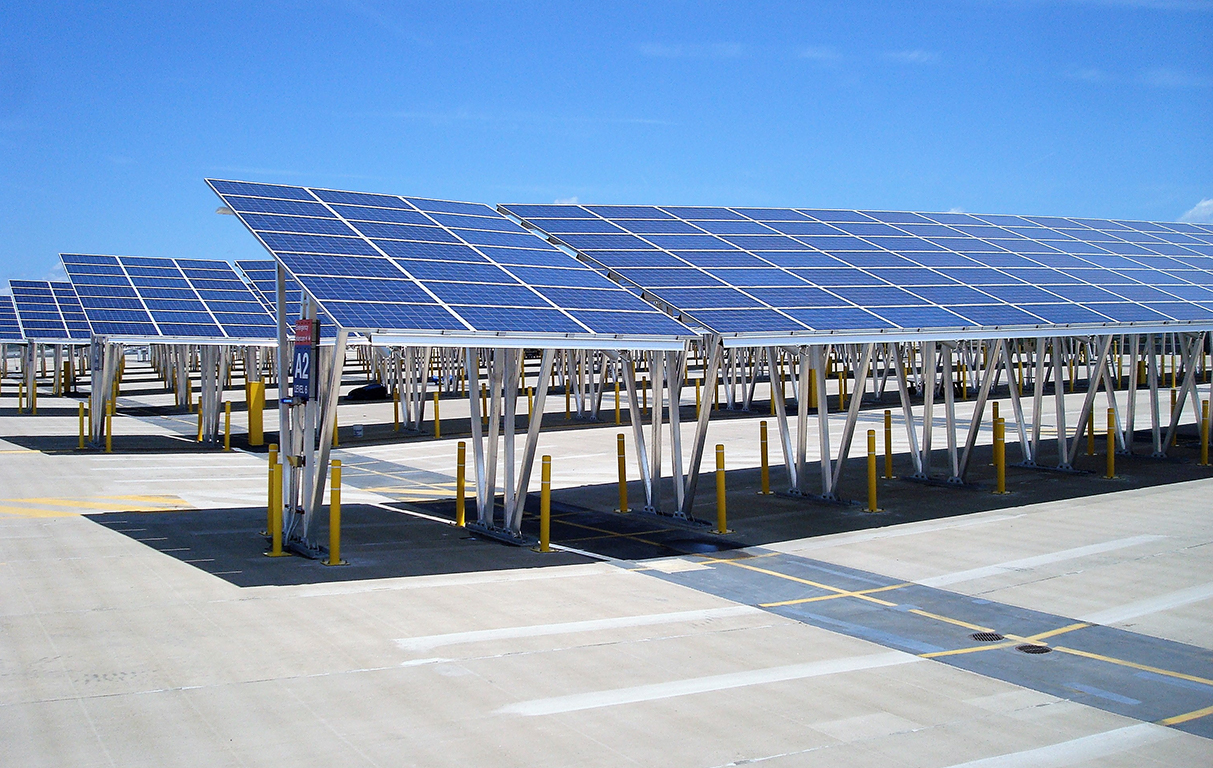For some years now, solar panels (both photovoltaic and thermal) have been installed on buildings and airports. Photovoltaic installations in the vicinity of airports can range from a few kW to large installations of several MW. Although there are many successful cases of solar PV installations near airports, some countries require studies to quantify the actual risk to pilots and control tower personnel.
Photovoltaic modules are generally composed of silicon cells, connectors and glass, and are designed to absorb as much of the sun's radiation as possible for conversion into electricity. However, it is possible for some of the solar radiation to be reflected at certain angles at which light strikes the glass plate. Although this phenomenon does not have a major impact when considering an installation in a desert area, it is important to quantify its impact on air traffic when installing solar panels at an airport.

 Fraunhofer Chile Research
Fraunhofer Chile Research
